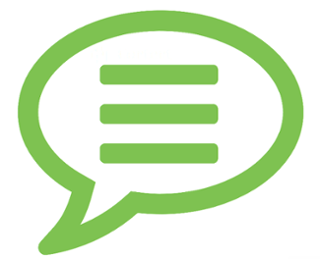
Impactful targeted messages are a key component of every successful Account-Based Selling and Marketing plan. The foundation for these messages includes:
- Segmenting by buyer types
- Organizing for timing within the right buyers journey stages
- Crafting to resonate with specific buyer needs
One common pitfall is to create great targeted messages, but only incorporate them in content and tactics the marketing team owns. Incorporating the messaging within marketing collateral, marketing campaigns and the website is critical; particularly, for supporting the early stages of Awareness, Discovering and Learning in the Buyers Journey. However, targeted messages must be strategically applied to sales processes and tactics in order to support the full Buyers Journey and yield the most impact.
7 keys to successfully applying targeted messages to sales tactics
1. Understand the sales process. Start by becoming intimately familiar with the way your Sales Team sells. This may involve meeting with Sales Operations to understand process, taking part in a sales training session or even shadowing a Sales Rep to understand their activities and how they incorporate content.
2. Inventory sales tactics. Map out the different touchpoints Sales has throughout the buying process and align these with the Buyers Journey. Once you have an inventory of all the touchpoints, you can start to visualize which targeted messages are applicable to different tactics and each stage of the sales process.
3. Consider tuning messaging to audience demographics by segment. Unlike Marketers, Sales speaks directly to the individual, not the segment. Even in B2B, good Sales people adjust their messaging to their audience by taking demographic variables that have psychological impact, such as gender, age, seniority of role, geographic location and any common traits found across the professional group. Depending on how your buyers can be segmented, you may have opportunities to tailor targeted messages for Sales that account for these differences.
4. Apply core messaging to multiple touchpoints. Messages that are core to your values should be incorporated throughout different touchpoints with the same buyer. Look for opportunities to convey these messages across marketing and sales tactics to increase the likelihood the buyer will absorb them.
5. Give touch-specific guidance. Simply giving a chart with “X message is to be applied with Y buyer persona and journey stage” isn’t enough to execute. Create tactic specific guidance.
- For example, one key touchpoint might be the discovery call a Rep has with the buyer. Build out the questions that the Rep should ask to elicit feedback or questions that tie into the messaging. Give them the conversation starters that lead to validating messaging points.
- Another example is with a sales presentation or pitch. Help the Rep understand how to tell a story in the presentation that conveys the messaging for greater impact.
6. Measure results. Sure, your messaging may only be an assist in the close, but it’s important to measure the impact of how targeted messages are applied. You can work with Sales Ops to collect data on which touchpoints are most successful, or time series reports on how messaging changes impact the success rates of certain sales tactics.
7. Ask for feedback. You won’t be able to measure everything, so collecting firsthand feedback from Sales about what’s resonating with buyers is critical to evolving, adapting and improving messaging over time. The ability to listen, find meaning and adjust your messaging from their feedback will both strengthen outcomes and build closer ties for Marketing with Sales.
Incorporating well-crafted targeted messages across the span of marketing and sales activities is a powerful way to keep your buyers engaged and moving through the funnel.
Schedule a time to learn more about how Akoonu connects marketing strategy with sales execution.

